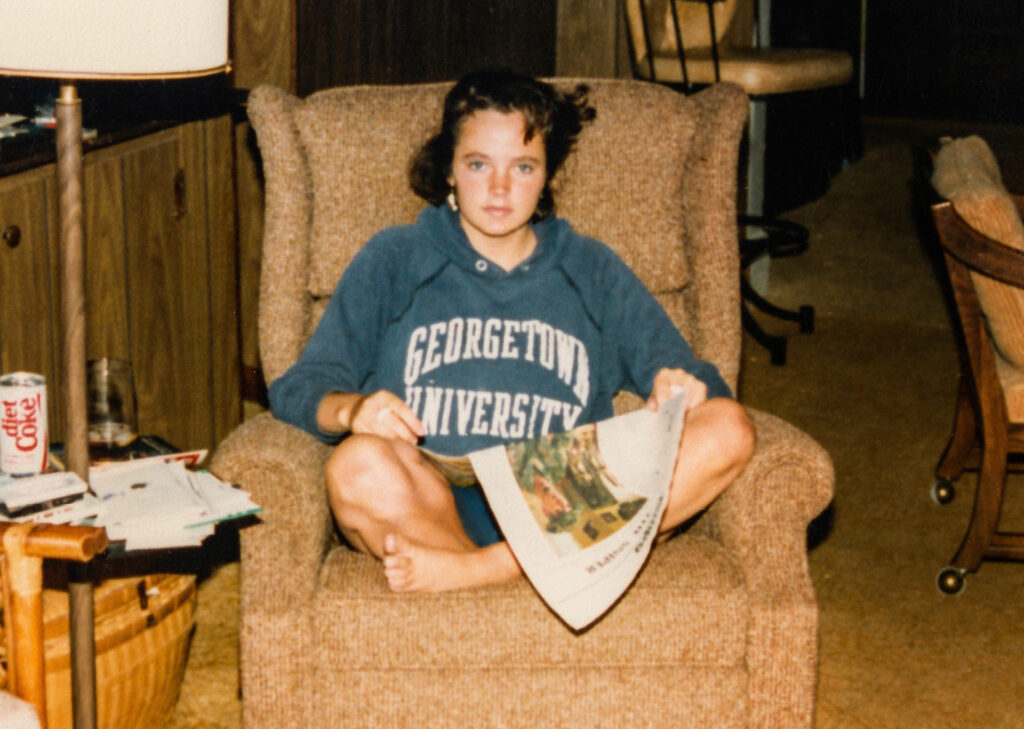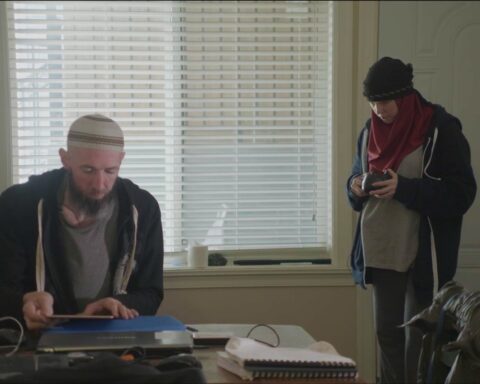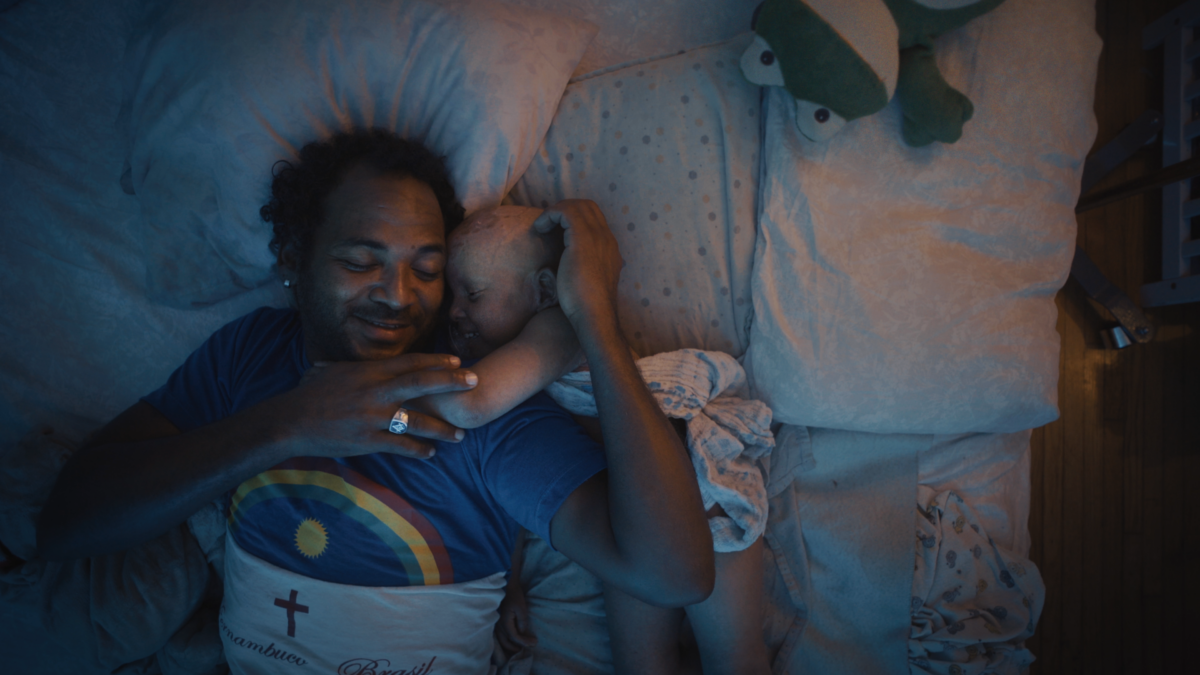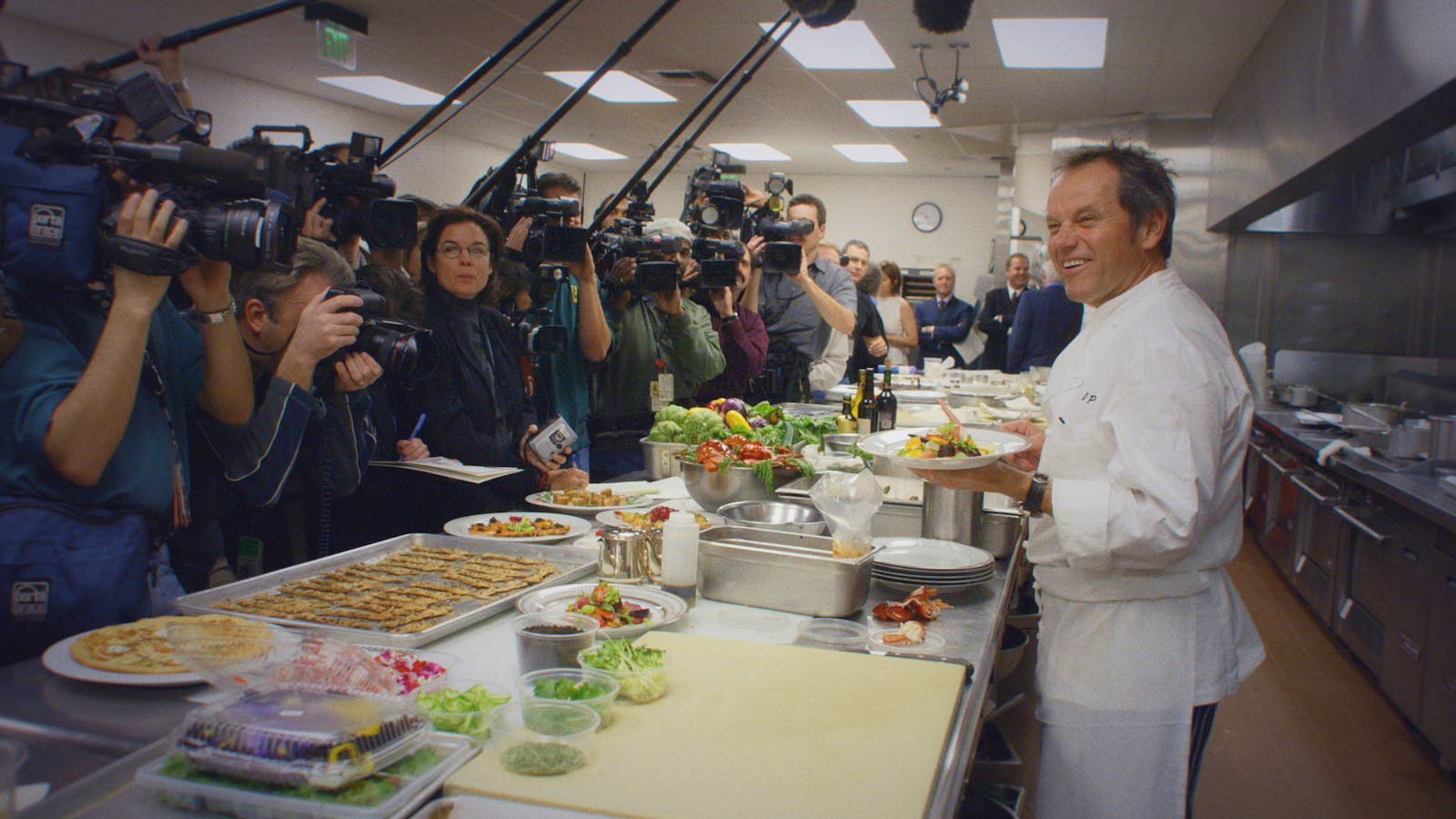Last summer, I’ll Be Gone in the Dark took audiences on a hunt for a killer. Adapting the book, work, and dogged curiosity sparked of cold case sleuth Michelle McNamara, I’ll Ge Gone in the Dark unpacked a complex string of violent crimes—rapes, home invasions, and murders—that terrorized Californians through the 1970s and ‘80s. McNamara, who died suddenly in 2016, saw her work published posthumously with the help of husband Patton Oswalt and several collaborators who appear in the series.
I’ll Be Gone in the Dark, created by Liz Garbus and directed by Garbus, Elizabeth Wolff, Myles Kane, and John Khoury, premiered last summer just as sentencing hearings Joseph James DeAngelo brought many survivors of his crimes testify to the lingering trauma of his assaults. That much of the coverage and police reports referred to DeAngelo as the “Golden State Killer” testified to the significance of McNamara’s work and book, as she coined the term for the brutal killer while connecting myriad shards of evidence that linked similar crimes in different counties.
I’ll Be Gone in the Dark lets audiences confront the killer head-on in a special episode airing tonight on Crave. Directed by Wolff, “Show Us You Face” offers an epilogue to the chilling story that brings the final strands into the light as survivors gain a semblance of closure by seeing justice served. “We in the production watched all four days of that sentencing and it was so powerful to see the survivors that we had come to know over the last few years confront their perpetrator,” says Wolff in an interview with POV. “There was another chapter to their story that we wanted to share and give them the platform to tell us what that experience was like for them.” Survivors Gay and Bob Hardwick and Kris Pedretti, return for cathartic reflections about sharing their accounts during the hearings.
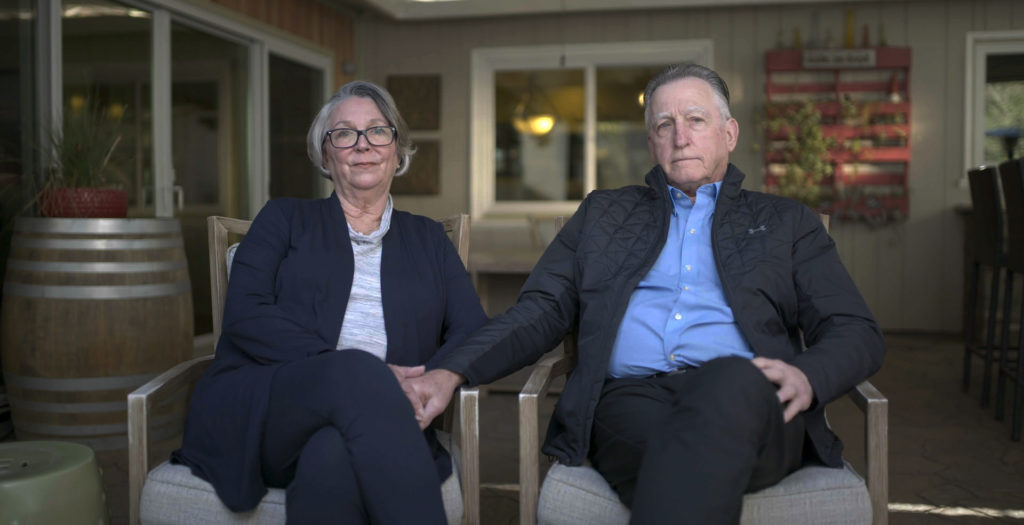
Confrontation and Closure
Challenges of the pandemic, coupled with the media frenzy and sheer scale of the case, meant that Wolff and her team couldn’t attend the hearings themselves. However, Wolff says the judge allowed media access to a video feed that covered the hot-button trial from all angles. “Being able to tell the story inside the courtroom was more an exercise in archival research and making sure that we had every single clip that was shot, and making sure that we could edit together in an artful way that illustrated the scope of that unique hearing,” explains Wolff.
While the archival footage from the hearing shows several familiar faces speaking their truths in their assailant’s presence, I’ll Be Gone in the Dark extrapolates from the stories of the three survivors the relief of seeing DeAngelo brought to justice. “Gay and Bob and Kris were interested in sharing the message of strength through sharing your story, talking with other survivors, and being able to confront their attacker,” observes Wolff. “These were all empowering stories that they wanted to share with a wider audience and explore what ‘closure’ really means. They effectively show us the benefits of being able to see your attacker get locked up for the rest of his life, but also the reality of the fact that it doesn’t go away.”
McNamara’s “Origin Story”
The chilling epilogue quite effectively contrasts the measure of closure that the survivors of DeAngelo’s crimes experience with those of survivors who see their cases run cold. “Show Us Your Face” offers both an epilogue for I’ll Be Gone in the Dark, but also an origin story for McNamara as it picks up on a cold case that the author encountered during her adolescence. (McNamara actually called it her “origin story” in a 2012 blog entry.)
The episode re-examines the story of Kathy Lombardo, who was murdered while jogging home the evening of August 1, 1984 in Oak Park, Illinois. Early episodes of I’ll Be Gone in the Dark let McNamara’s voice explain her fascination with the Lombardo case, as the author lived near the victim and visited the crime scene 48 hours after Lombardo’s death. Sleuths from prior episodes return as the filmmakers explore McNamara’s writing and link Lombardo’s case to that of Grace Puccetti, who survived a violent assault that happened mere blocks away. The recollections that McNamara left behind about the case convey the niggling itch she felt while pursuing these stories.
“Patton was saying to us recently that Kathy Lombardo’s murder happened in Michelle’s life when she was 14 years old, so it’s not like she said, ‘I’m now going to devote my life to writing about cold cases,’” notes Wolff. “It became a memory that clearly stayed with her. As her interests formed later on, she could look back at it. This experience perhaps developed more weight as she realized that it might have been part of what led her to her life’s work.”
Wolff relates to this sensation of being implicitly inspired by an event when asked about her own origin story. As with McNamara’s interest in the Lombardo case, Wolff’s wasn’t an a-ha moment, but she recalls seeing Henry Hampton’s 1987 documentary series Eyes on the Prize during middle school and being struck by its ability to engage with America’s past through archival. “I was a socially anxious kid and participating in class caused me a lot of stress, but I was able connect with the history and also connect with my own emotions while seeing that archival footage and documentary storytelling,” recalls Wolff. “In a way, that stayed with me my whole life. Years after, I realized that I wouldn’t mind having a career telling historical stories in the edit room.”
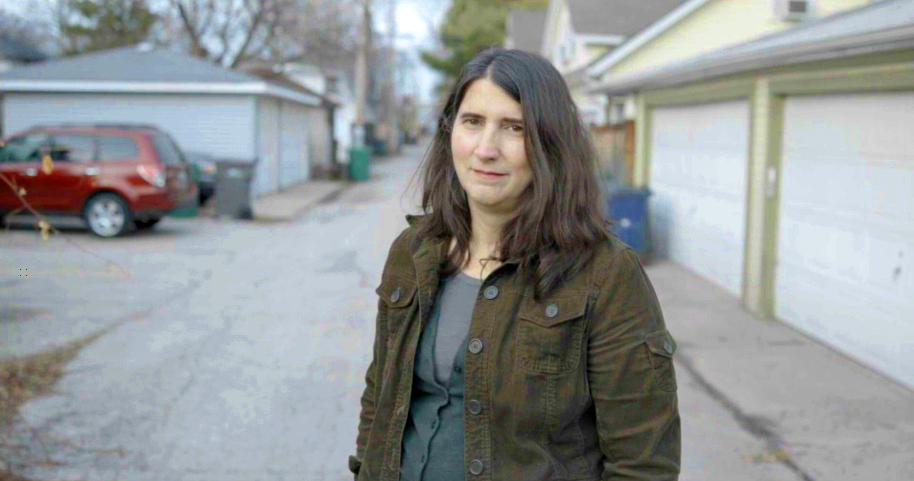
Diving into the archives (or lack thereof)
The fascination with examining history through archives, and the challenges of shaping historical narratives through archives, makes the contrast between this episode of I’ll Be Alone in the Dark and the series quite striking. For one, I’ll Be Gone in the Dark underscores the challenges of finding justice when officers lack the resources or experience to secure a crime scene and process evidence. (McNamara’s memory, real or imagined, of finding shards of Lombardo’s Walkman illustrate how easily justice slips away.) On the other hand, McNamara’s examination of the Golden State Killer case saw story emerged by sifting through endless materials. In Wolff’s case, the Lombardo story arose in the editing room while crafting a narrative with far fewer materials.
“One thing that was similar about both of these cases in terms of our storytelling is that we had Michelle’s investigations,” explains Wolff. “Michelle wrote exhaustedly about Kathy Lombardo’s case. She also recorded herself reading a lot of her Kathy Lombardo writing, and that was an incredibly rich part of the Michelle-in-her-own-words material that we had.” Thanks to McNamara’s early work in podcasts before series like Serial exploded true crime storytelling, her voice is present throughout the series. (Actress Amy Ryan also narrates as McNamara in other episodes.) “Much in the same way with the Golden State Killer case, we were able to let Michelle’s voice and investigation be our north star in the edit. Michelle takes us to everything.”
Moreover, as Wolff weaves the re-examination of the Lombardo case with the closure of the DeAngelo cases, the series speaks to McNamara’s efficacy as a novelist and investigator: her hard work and sleuthing led to a wealth of archival evidence, case files, and materials that the filmmakers could employ in the original episodes. Wolff’s epilogue crafts the episode quite seamlessly into the series despite the marked contrast of materials.




